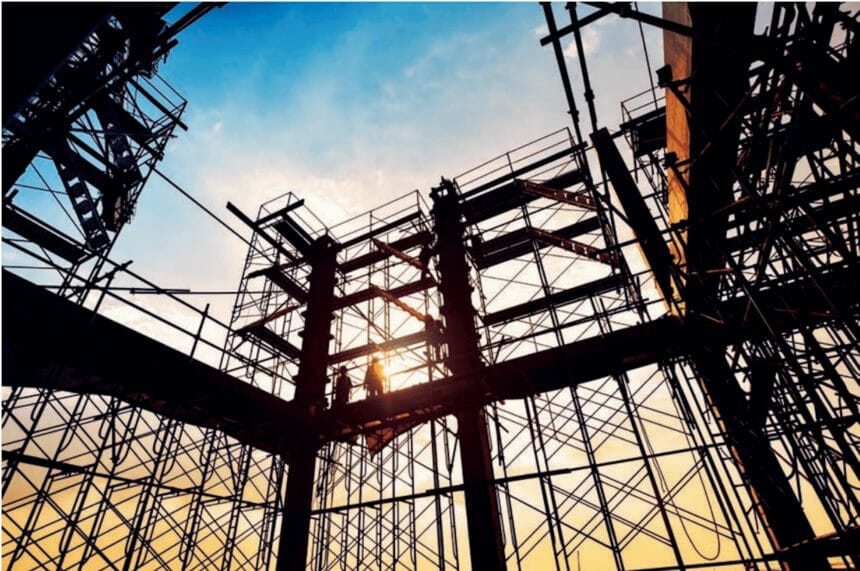
Senior living development costs are expected to increase modestly in 2020, even as development activity is somewhat reduced, according to a new report by CBRE.
Development costs increased by 6.4% last year, and the average return on cost increased 60 basis points to 9.5%, the authors said. Higher labor costs, along with costs for land and materials, were factors.
Hard costs — related to sitework, foundation, building shell construction, roofing, interior finishes, landscaping, signage and labor — accounted for the largest portion of development costs in 2019, at 66.8%. Soft costs — such as inspection fees, construction loan-related costs, architectural and design costs and project management — represented 19.5% of development costs, site costs were 10.1%, and costs related to furniture, fixtures and equipment accounted for 3.6% of costs.
Development activity remained high but slowed in 2019, report authors said, citing data from the National Investment Center for Seniors Housing & Care. “Continued moderation in development activity is healthy for the seniors housing market because demand has not kept up with new supply, resulting in a dip in occupancy levels and year-over-year rent growth,” they said.
CBRE’s “2020 Seniors Housing Development Costs” report, the firm’s third annual analysis of development pricing, was based on completed valuations of more than 2,000 seniors housing properties — stand-alone or combination independent living, assisted living and memory care properties — in 2019; 317 of these properties were proposed developments.
See the report for more information.



